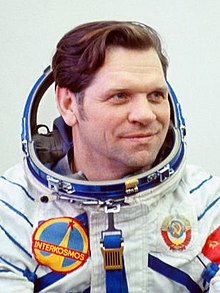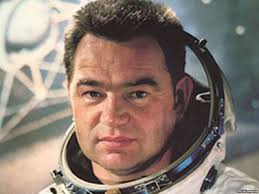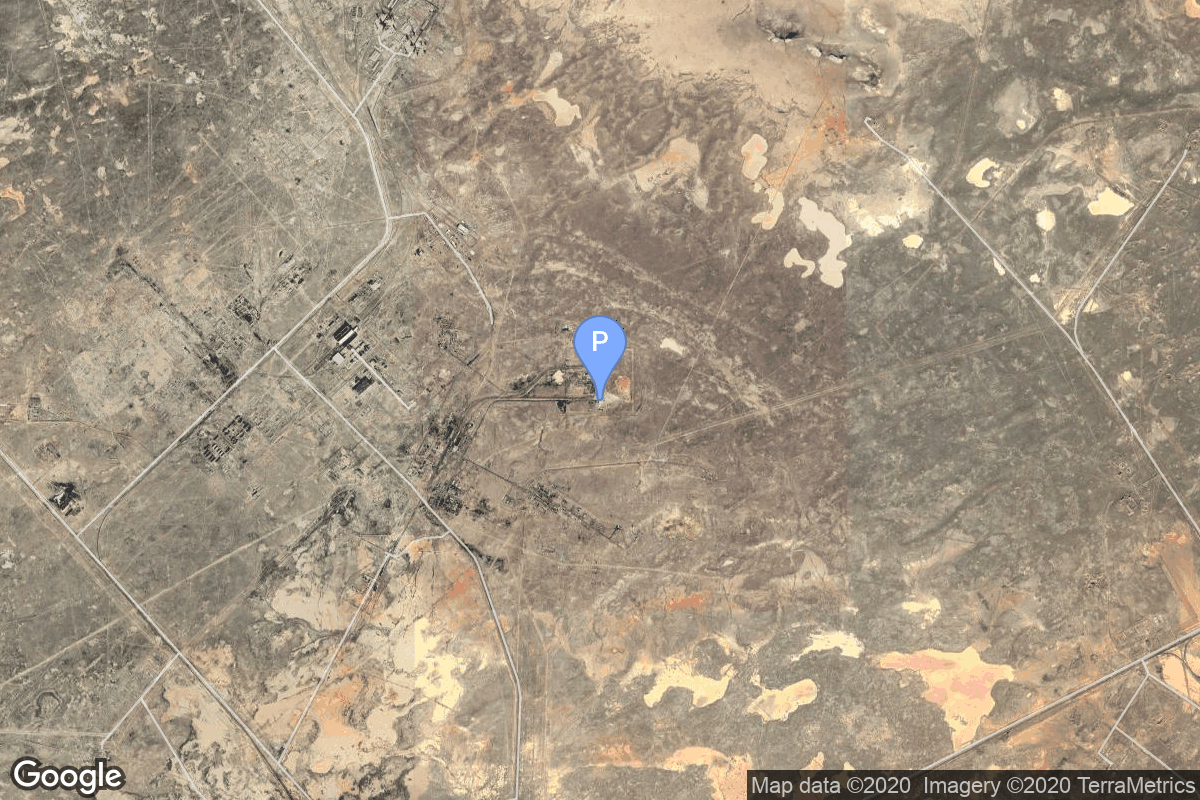Soyuz 17
Soyuz
Soviet Space Program
Crew

Aleksei Gubarev
- Birthday: 03/29/1931
- Role: Commander
- Nationality: Russian
- First Flight: 01/10/1975
- Last Flight: 03/02/1978
Aleksei Aleksandrovich Gubarev (Russian: Алексе́й Алекса́ндрович Гу́барев; 29 March 1931 – 21 February 2015) was a Soviet cosmonaut who flew on two space flights: Soyuz 17 and Soyuz 28.

Georgy Grechko
- Birthday: 05/25/1931
- Role: Flight Engineer
- Nationality: Russian
- First Flight: 01/10/1975
- Last Flight: 09/17/1985
Georgy Mikhaylovich Grechko (Russian: Георгий Михайлович Гречко; 25 May 1931 – 8 April 2017) was a Soviet cosmonaut who flew on several space flights including Soyuz 17, Soyuz 26, and Soyuz T-14.
Mission
Soyuz 17
- Type: Human Exploration
- Orbit: Low Earth Orbit
Soyuz 17 was the first of two long-duration missions to the Salyut-4 space station. The mission began on January 10, 1975, 21:43:37 UTC, launching commander Aleksei Gubarev and flight engineer Georgi Grechko into orbit. Spacecraft was manually docked with the station on January 12. During their stay on the station, crew performed an array of astrophysical experiments, including studying the Sun, planets and the stars in a wide electromagnetic spectrum.
The mission concluded after 29 days with a safe landing back on Earth on February 9, 1975, 11:03:22 UTC.
Location
Rocket
Russian Federal Space Agency (ROSCOSMOS) Soyuz
Agency
Soviet Space Program
The Soviet space program, was the national space program of the Union of Soviet Socialist Republics (USSR) actived from 1930s until disintegration of the Soviet Union in 1991.
The Soviet Union’s space program was mainly based on the cosmonautic exploration of space and the development of the expandable launch vehicles, which had been split between many design bureaus competing against each other. Over its 60-years of history, the Russian program was responsible for a number of pioneering feats and accomplishments in the human space flight, including the first intercontinental ballistic missile (R-7), first satellite (Sputnik 1), first animal in Earth orbit (the dog Laika on Sputnik 2), first human in space and Earth orbit (cosmonaut Yuri Gagarin on Vostok 1), first woman in space and Earth orbit (cosmonaut Valentina Tereshkova on Vostok 6), first spacewalk (cosmonaut Alexei Leonov on Voskhod 2), first Moon impact (Luna 2), first image of the far side of the Moon (Luna 3) and unmanned lunar soft landing (Luna 9), first space rover (Lunokhod 1), first sample of lunar soil automatically extracted and brought to Earth (Luna 16), and first space station (Salyut 1). Further notable records included the first interplanetary probes: Venera 1 and Mars 1 to fly by Venus and Mars, respectively, Venera 3 and Mars 2 to impact the respective planet surface, and Venera 7 and Mars 3 to make soft landings on these planets.

